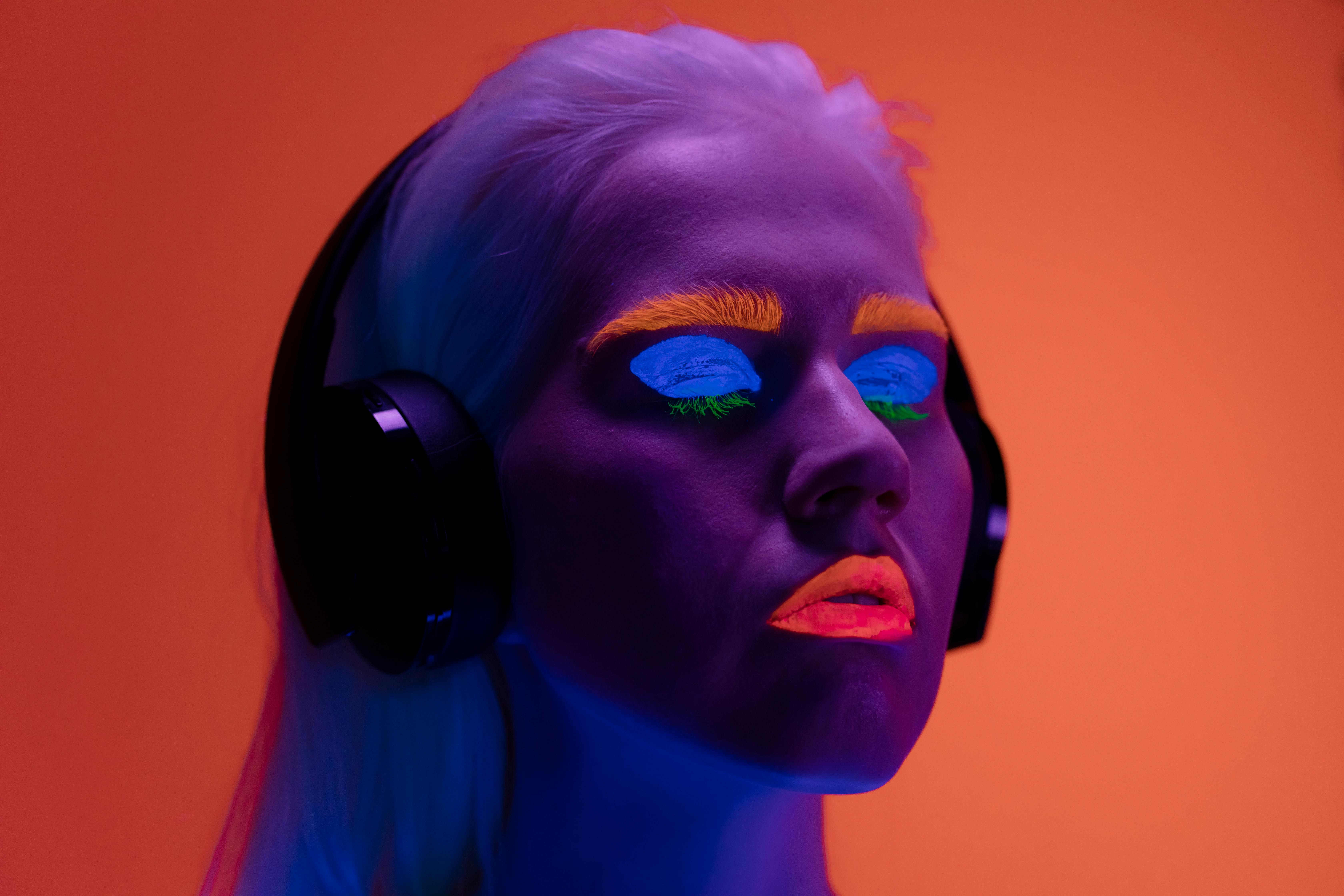"Beyond the Screen: The Rise of Virtual Reality in Performing Arts"
Introduction: Arts and technology have always been intertwined, but perhaps never more so than in today's digital age. Nowhere is this more evident than in the rise of virtual reality (VR) in the performing arts, a trend which is revolutionizing traditional theater and dance performances.

A New Dimension in Performing Arts
Since the dawn of human history, storytelling and performing arts have been intrinsic to our societies, evolving with time and technological advancements. In the 21st century, the rapid development of digital technologies has brought forth revolutionary changes in the performing arts. Among these innovations, virtual reality (VR) stands out as a transformative force, opening up new dimensions in the world of theater, dance, and live performances.
A Blend of Real and Virtual
Virtual reality in the performing arts is about more than just adding a tech element to traditional art forms. It’s an entirely new medium that merges the real and the virtual, creating immersive experiences that are reshaping how audiences engage with performances. With VR headsets, audiences can step into the world of the performance, breaking the fourth wall and becoming active participants rather than passive observers.
Current Developments in VR and Performing Arts
The influence of VR on performing arts is no longer a prediction but a reality. Numerous theater companies and dance troupes around the world are experimenting with this technology, creating innovative productions that push the boundaries of traditional performances. For instance, the Royal Shakespeare Company in the UK has recently developed a VR production of “The Tempest,” allowing audiences to experience the play from the perspective of the characters.
The Impact and Reception of VR in Performing Arts
The introduction of VR in performing arts has generated excitement, curiosity, and a fair share of skepticism. On one hand, it offers an unprecedented level of interactivity and immersion, creating experiences that are impossible to replicate in traditional theater or dance contexts. On the other hand, some critics argue that it may detract from the essence of live performances, turning them into tech spectacles rather than meaningful artistic expressions. However, as with any new technology, its true impact will be determined by how artists and audiences embrace and adapt to it.
The Future of VR in Performing Arts
While it’s still early days for VR in performing arts, the potential is enormous. From interactive theater productions to immersive dance performances, VR is set to redefine the boundaries of artistic expression. As the technology continues to evolve and become more accessible, we can expect to see more and more artists experimenting with VR, pushing the envelope of what’s possible in the realm of performing arts.
In conclusion, virtual reality is not just a fleeting trend but a significant game-changer in the performing arts. As we move further into the digital age, it will be fascinating to see how this technology evolves and shapes our cultural experiences. Despite the challenges and skepticism, the fusion of art and technology holds great promise, and VR seems poised to bring about a new era in the performing arts.





